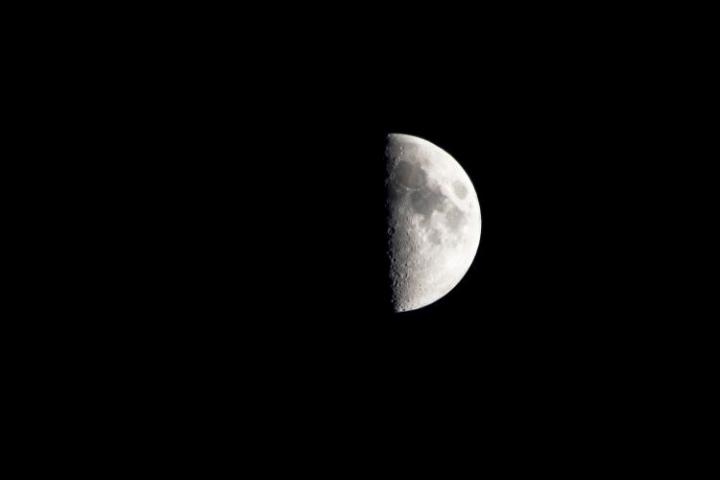Mars remains blazingly brilliant in the night sky. The real draw now is that it’s part of a rare display above our heads. In mid-August, 2018, four planets and two famous stars have formed a rainbow of gemstones. Look for Venus, Jupiter, Saturn, and Mars in a line!
Planet Viewing Tips
It’s easy to see this for yourself if you can get to a place with an unobstructed view of the sky to the southwest, south, and southeast. The four planets get closer little by little and they can be seen simultaneously until the end of August.
The correct time is important. Sometime right around 9 p.m. when Mars is lowish in the southeast and Venus is also low (near the horizon) in the southwest sky. This happens as the sky slowly darkens around 30 minutes to 1 hour after sunset. If you observe too early, Saturn is difficult to find because the sky is not dark yet. On the other hand, if you observe too late, the altitude of Venus becomes low.
Start your sweep to the left of Venus. You’ll be looking for a line of six bright or brilliant stars that get slightly higher up as you look leftward but then curves lower again, making the whole formation a kind of enormous, slightly flattened rainbow.
Ready?
- Starting with Venus in the southwestern sky, go left and a bit higher and you’ll see the blue star Spica.
- Continue left and slightly upward to the brilliant white Jupiter, the highest point of the rainbow. (It’s not quite as bright as Venus.)
- Go farther left and a bit lower from Jupiter to the bright orange Antares.
- Continue left and the next bright star is the colorless Saturn, which is actually a bit higher than Antares, spoiling the perfect rainbow arc. (Saturn is dimmer than the other three planets. Antares twinkles, while Saturn shines with a steadier golden light.)
- Now continue left and lower from Saturn to finish up with the very brilliant orange Mars, near the horizon in the southeastern sky, shining brighter than Jupiter.
If you counted six “stars,” you’ve succeeded, with four of them being planets, and three (Venus, Jupiter, and Mars) being super-bright. They’re each separated by roughly the same distance from each other. The only challenge is finding a site with an open, unobstructed view halfway around the sky from the southwest through to the southeast.

Credit: NASA. First Quarter Moon.
Follow the Moon as a Guide
From August 14 to August 23, the Moon passes all four planets in the evening sky, one after the other, following the same path!
- From August 14 to 16, the Moon passes Venus and moves toward Jupiter.
- On August 17, the bright object nearest the Moon is Jupiter.
- The First Quarter Moon falls in the early morning hours of August 18.
- Around August 18/19, the waxing Moon passes red supergiant star Antares.
- From August 20 to 22 look for the Moon to come very very close to planet Saturn.
- Finally, on August 23, 2018, the Moon is right next to brilliant red planet Mars. The two pair up all night from dusk to dawn.
Check your local Moon Phase Calendar!
Show your friends this rare, magnificent, jeweled rainbow.










